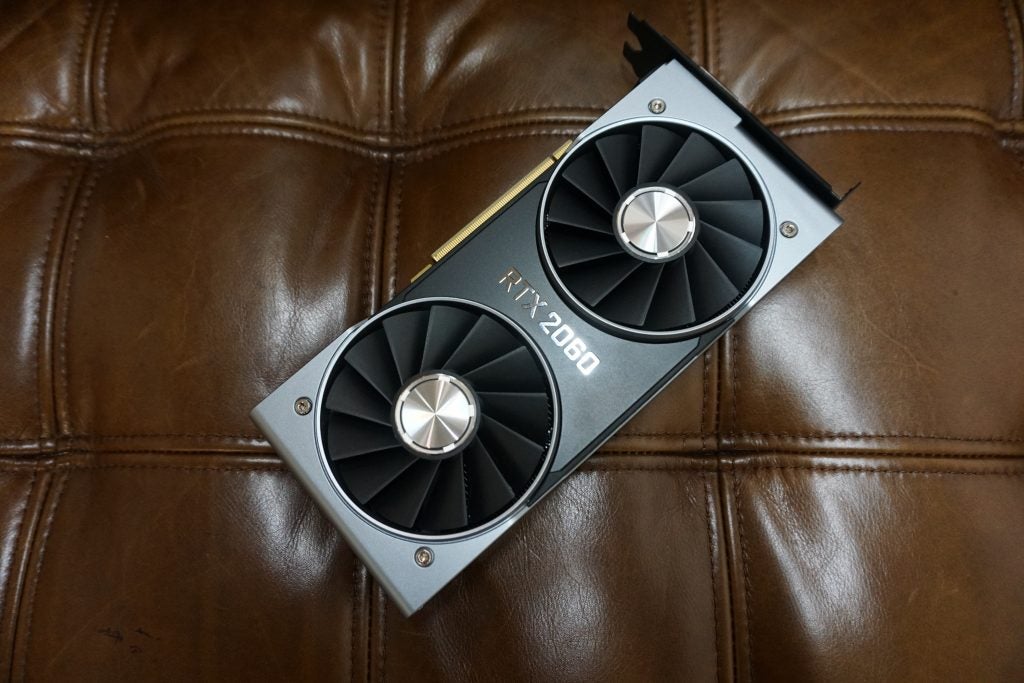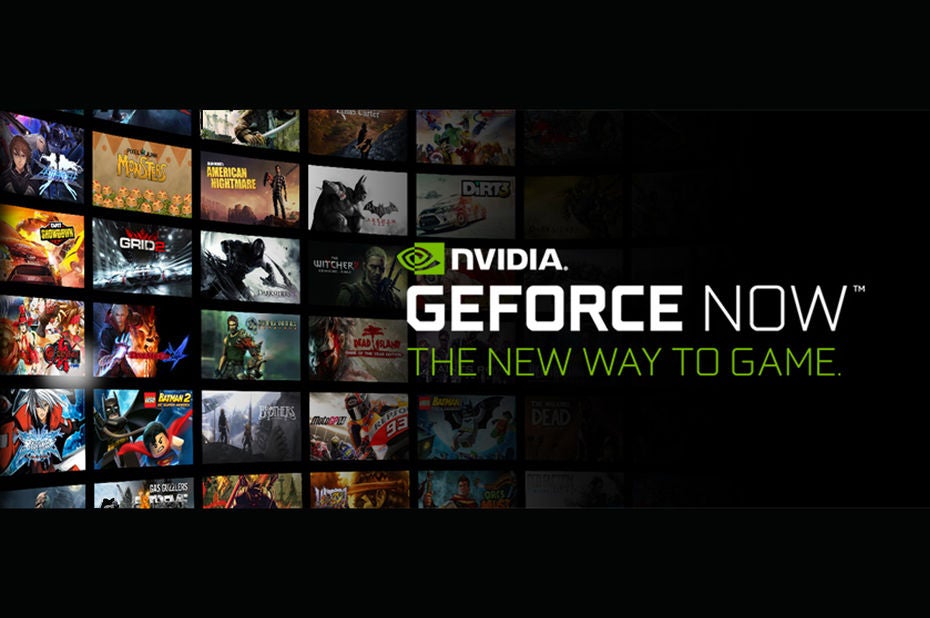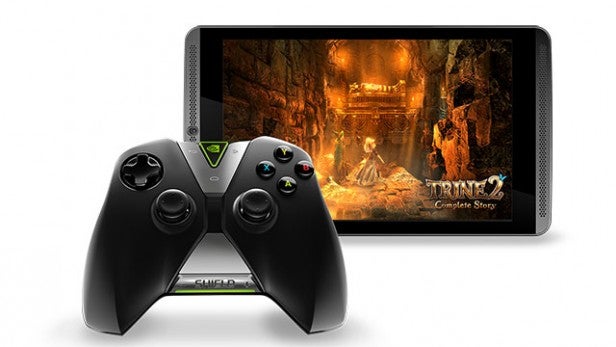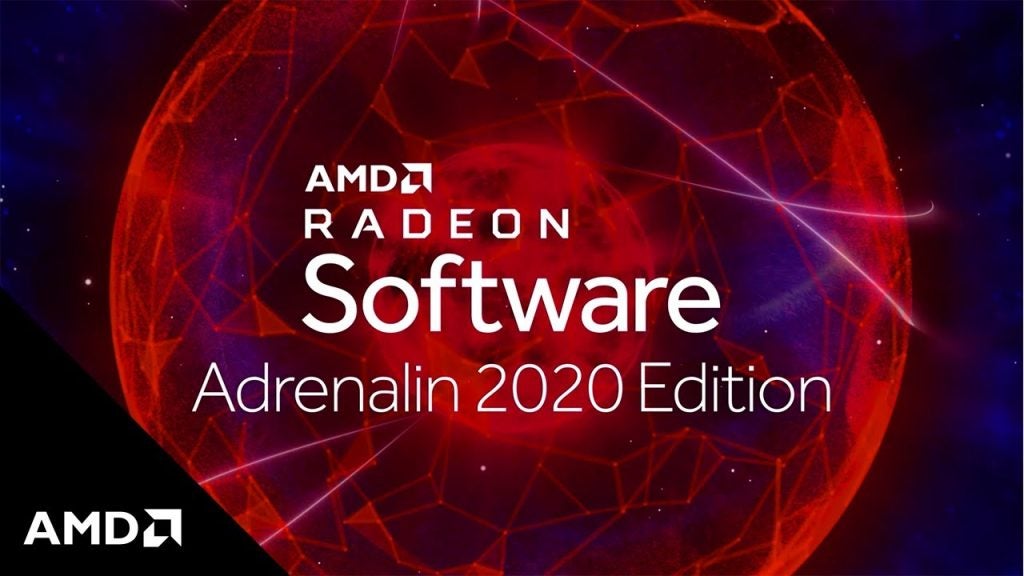Nvidia CES 2020: Every announcement we want to see

CES 2020 is nearly upon us, as the greatest tech companies prepare to unveil all of their exciting products and news for the rest of the year. Some of the reveals we’re most excited to see this January will be at Nvidia CES 2020.
It’s going to be a massive year for Nvidia, as the graphics card company prepares to convince everyone to stick to PC gaming instead of being tempted by the PS5 and Xbox Series X consoles. This means Nvidia will likely show something huge at CES 2020.
What will Nvidia show off? That’s anyone’s guess, but we have compiled a list of what we hope to see from the company during CES 2020.

Nvidia CES 2020 – Cheaper and smaller RTX cards
The ray tracing-capable RTX cards were Nvidia’s biggest focus in 2019, yet they arguably didn’t generate as much hype as the company would like.
It’s clear ray tracing is an incredible technology, though, and it arguably provides the biggest graphical jump since the move to Full HD, as the ultra-realistic light effects make a magnificent impact on in-game environments.
With the PS5 and Xbox Series X both confirmed as supporting ray tracing, the interest in the technology is only going to increase in 2020, so we know Nvidia will be doing some kind of push to make its RTX line-up more attractive.
The biggest reason why people aren’t going crazy for RTX cards is likely to be the price. Right now, the RTX 2060 GPU, Nvidia’s cheapest ray-tracing accelerated graphics card, costs an almighty £300 – that’s more expensive than PS4, Xbox One or Nintendo Switch.
To succeed at making its RTX cards appeal to the masses, Nvidia is going to have to either give its graphics cards a mighty price cut, or release a more budget-friendly RTX GPU. We’ve got our fingers crossed an announcement for one of these will happen at CES 2020.
Related: Best graphics cards

Nvidia CES 2020 – More confirmed ray tracing games
One of the biggest shortcomings of Nvidia’s RTX cards at launch was the limited number of video games that supported ray tracing. The company has since dramatically improved support, with upcoming titles such as Cyberpunk 2077, Watch Dogs: Legion and Dying Light 2 all confirmed as featuring ray tracing.
However, since users are spending so much money on RTX cards, it’s not too demanding for them to expect almost every major release on PC to support the light-rendering technology. Currently, there are still noticeable omissions from 2020 on Nvidia’s list of games supported by ray tracing. These include the likes of Marvel’s Avengers, Elden Ring, Monster Hunter World: Iceborne and Death Stranding. But with the release dates for these games still a few months away, there’s still plenty of time for Nvidia to announce ray tracing support.
If anything, the launch of the PS5 and Xbox Series X is good news for ray tracing, as it will further encourage developers to implement the technology. Halo Infinite, for example, is almost guaranteed to feature the technology, as it will be used as the flagship launch title to demonstrate the full potential of the new Xbox.
Related: Ray tracing explained

Nvidia CES 2020 – Launch date for GeForce Now
Google Stadia dominated headlines in 2019 as the “future of gaming”, and, while Google’s claims were a tad audacious, there’s no doubt cloud streaming is here to stay.
Nvidia’s GeForce Now actually seems to be one of the most polished and feature-rich cloud-streaming platforms there is, and new updates in 2019, such as smartphone and ray tracing support, only strengthened the service.
The only problem is GeForce Now is still in beta, and not accessible to everyone. In fact, it’s been in beta since 2013. After so many years fine-tuning the service with the help of customer feedback, it’s no surprise GeForce Now already feels more complete than Google Stadia.
But with the release of Stadia and the forthcoming launch of Microsoft’s xCloud, Nvidia will need to announce an official launch date for GeForce Now, or risk being forgotten in this increasingly competitive market.
Related: Nvidia GeForce Now

Nvidia CES 2020 – New Nvidia Shield tablet
It’s been a very long time since Nvidia refreshed the Shield Tablet, originally launched back in 2014. It was discontinued in 2016, and it’s since been unclear whether Nvidia has any plans to revive this product. I would argue there’s no better time to have such a portable gaming tablet available, especially with GeForce Now nearing full launch.
The previous Nvidia Shield tablet also featured a sim slot. It makes even more sense to have a tablet with a sim slot now, as 5G, rolling out across the country, is touted as the first wireless technology fast enough to be capable of supporting cloud-stream gaming.
Speculation suggests Nvidia canned plans for the Shield tablet because of the release of the Nintendo Switch, which currently rules the roost of portable gaming.
If this truly is the case, it’s unlikely we’ll see a new Shield tablet, but there’s every possibility Nvidia will instead partner with Nintendo again and introduce its new Tegra X1+ chip (found in its new Shield TV product) into a more powerful pro edition of Nintendo’s portable. Such an announcement is unlikely to take place at CES, though.
Related: Nvidia Shield TV (2019) review

Nvidia CES 2020 – AMD-challenging software update
Nvidia and AMD’s rivalry is well known, as the two companies regularly hit back at each other with new products and inventions. In terms of software, the ball is currently in Nvidia’s court following AMD’s big reveal of Radeon Software Adrenalin 2020.
AMD revealed exciting new features such as dynamic resolution scaling, integer scaling for improving games visuals, and more expansive support for the likes of image sharpening and anti-lag. This gives AMD strength in versatility, especially since Nvidia has focused so heavily on the likes of ray tracing and DLSS.
Nvidia may well introduce more performance-improving features in the short-term future, and there’s no better event than CES to showcase such improvements. There may even be more announcements for Nvidia’s new Studio drivers, as the graphics company expands its reach to creative pursuits on top of its well-established gaming pedigree.


